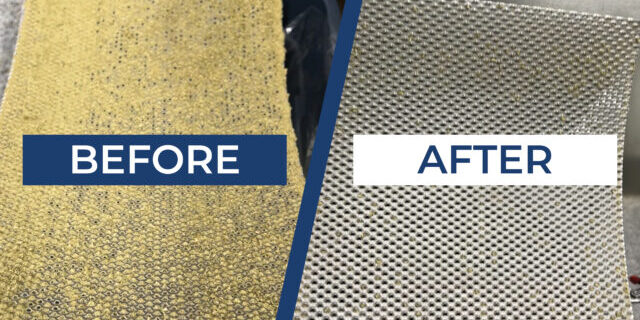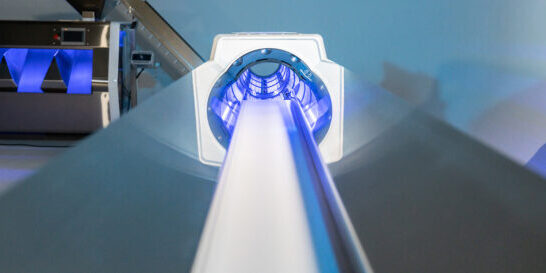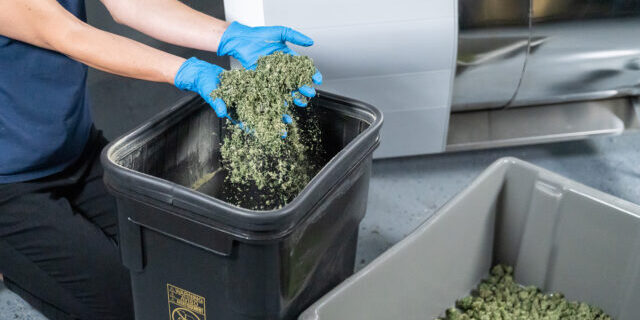How to Reduce Machine Downtime in Your Processing Facility
Machine downtime can throw a wrench into your entire operation. One breakdown can delay everything, from packaging to delivery, and quickly eat into your profits. Whether you work in cannabis processing, dried fruit, coffee, supplements, or skincare, reducing downtime means protecting your workflow and your bottom line.
At Mobius, we’ve worked with high-capacity processors across a variety of industries. We know how important equipment uptime is to overall productivity. In this article, we’ll walk you through the most effective ways to reduce both unplanned and planned downtime, so your team can keep production moving.
Unplanned vs. Planned Downtime: Know the Difference
Before you can fix downtime problems, you need to understand what kind you’re dealing with.
Unplanned downtime happens without warning. Equipment breaks, operators make errors, or parts fail. It’s disruptive, unpredictable, and expensive.
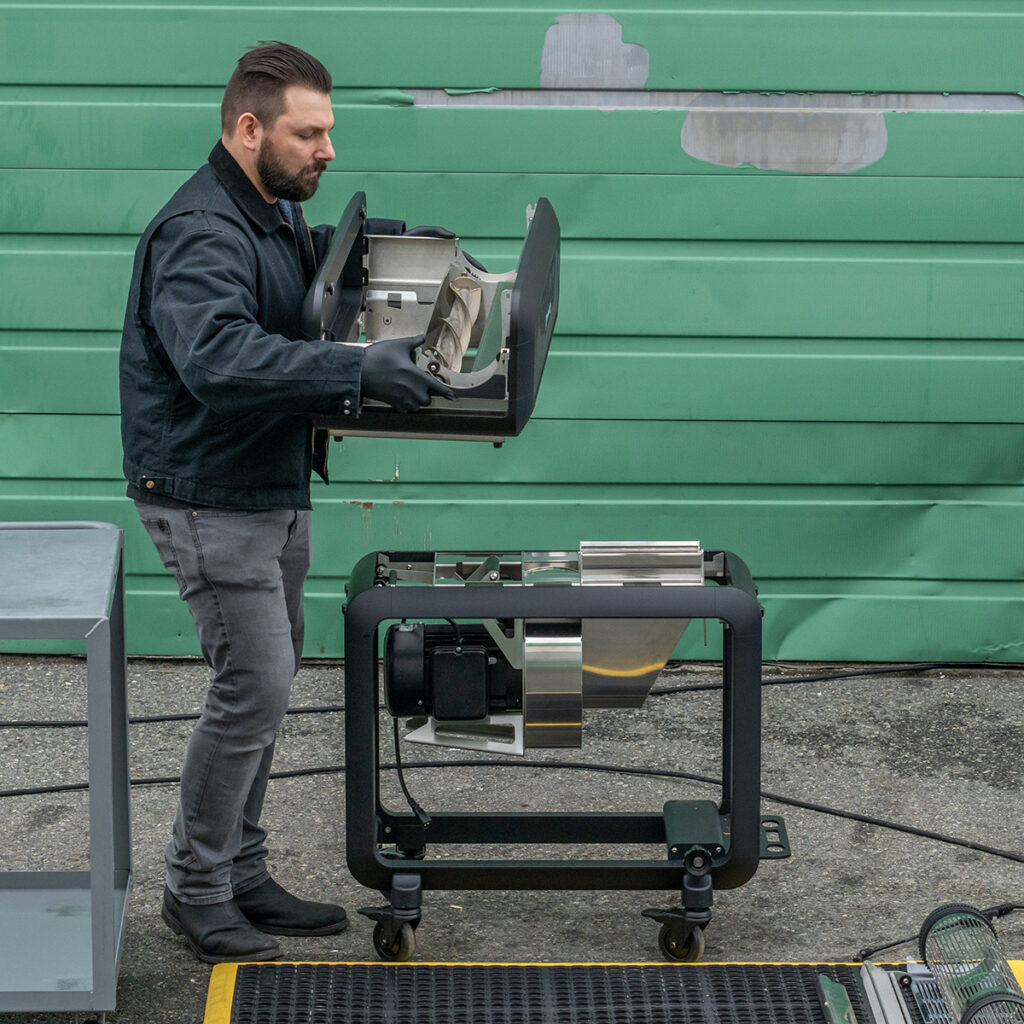
Planned downtime is different. It includes things like scheduled maintenance, cleaning, changeovers, or system upgrades. These events still stop production, but you’ve planned for them. That gives you more control over staffing, scheduling, and logistics.
When production downtime is unplanned, it often comes with higher costs: emergency repairs, wasted materials, missed deadlines, and extra labor. Planned downtime, on the other hand, helps you avoid larger problems. It gives your team time to fix small issues before they become major failures.
The goal isn’t to eliminate downtime entirely. You want to shift as much of it as possible from unplanned to planned. That’s where the savings start.
Step 1: Track and Analyze Downtime Events
If you want to reduce equipment downtime, you have to track it. Every time a machine stops, log the details: What machine was it? What time did it stop? How long was it down? Who was operating it? What caused the issue?
You can do this manually, but many facilities use a CMMS (computerized maintenance management system) or downtime logging software. Systems like these make it easy to see patterns over time.

Once you have enough data, you can calculate important metrics:
- Mean Time Between Failure (MTBF) tells you how often a machine breaks down.
- Mean Time to Repair (MTTR) tells you how long it takes to fix it.
These numbers can help you spot problem areas and trends. Perhaps one machine fails more often than the others. Maybe one shift sees more downtime events. Or possibly operator error is a common issue. With detailed tracking, you can find the root causes and take action.
In addition to MTBF and MTTR, it can be helpful to categorize equipment downtime incidents by type, such as mechanical, electrical, operator-related, or environmental. This breakdown makes it easier to determine overall equipment effectiveness, prioritize improvements, and assign responsibility. Some facilities also use visual dashboards to display current uptime metrics on the production floor, helping operators stay aware of performance trends in real-time.
Step 2: Establish a Preventive Maintenance Program
Preventive maintenance is one of the most powerful tools for reducing unplanned downtime. Instead of waiting for equipment to fail, you maintain it on a regular schedule.
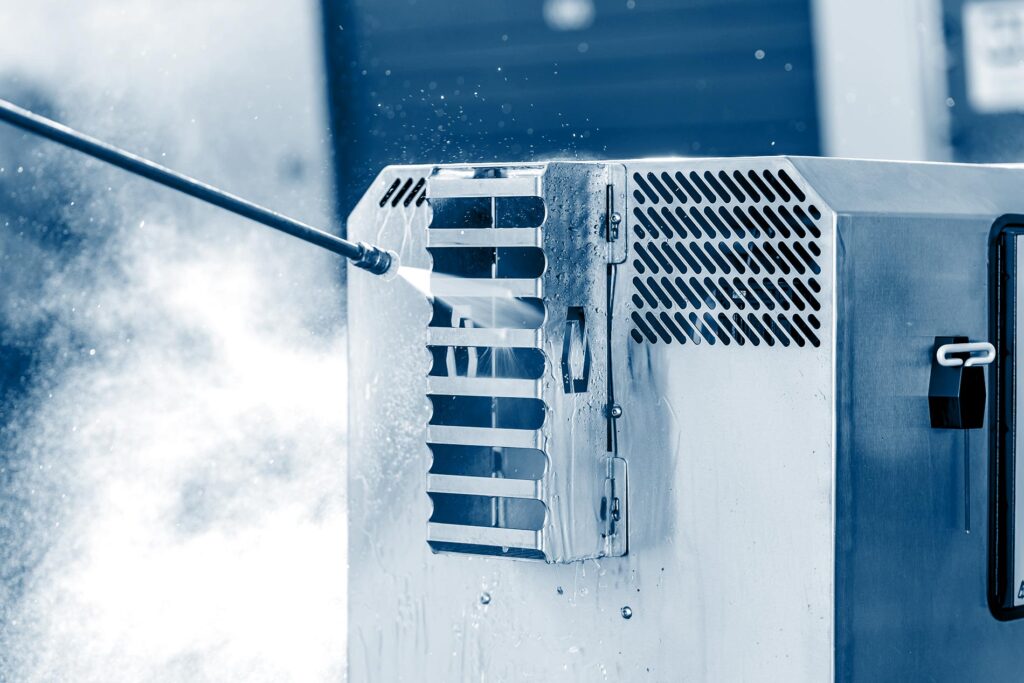
Here’s what a strong preventive maintenance program includes:
- Regular inspections
- Cleaning and lubricating moving parts
- Calibrating machines, sensors, and scales
- Replacing worn-out parts, like belts, seals, or bearings, before they fail
Regular maintenance intervals should be based on several combined factors: manufacturer recommendations, how frequently the equipment is used, and your facility’s specific conditions (e.g., humid, dusty, or hot).
To keep things consistent, create SOPs (standard operating procedures) for each machine. That way, every technician will follow the same steps with no shortcuts or guesswork. Additionally, make sure the maintenance records are detailed and up to date. This helps with audits, accountability, compliance, and long-term planning.
Step 3: Invest in Equipment Designed for Uptime
Not all machines are designed with uptime in mind. Some are hard to clean, hard to take apart, or hard to fix. Over time, those little inconveniences add up to real downtime.
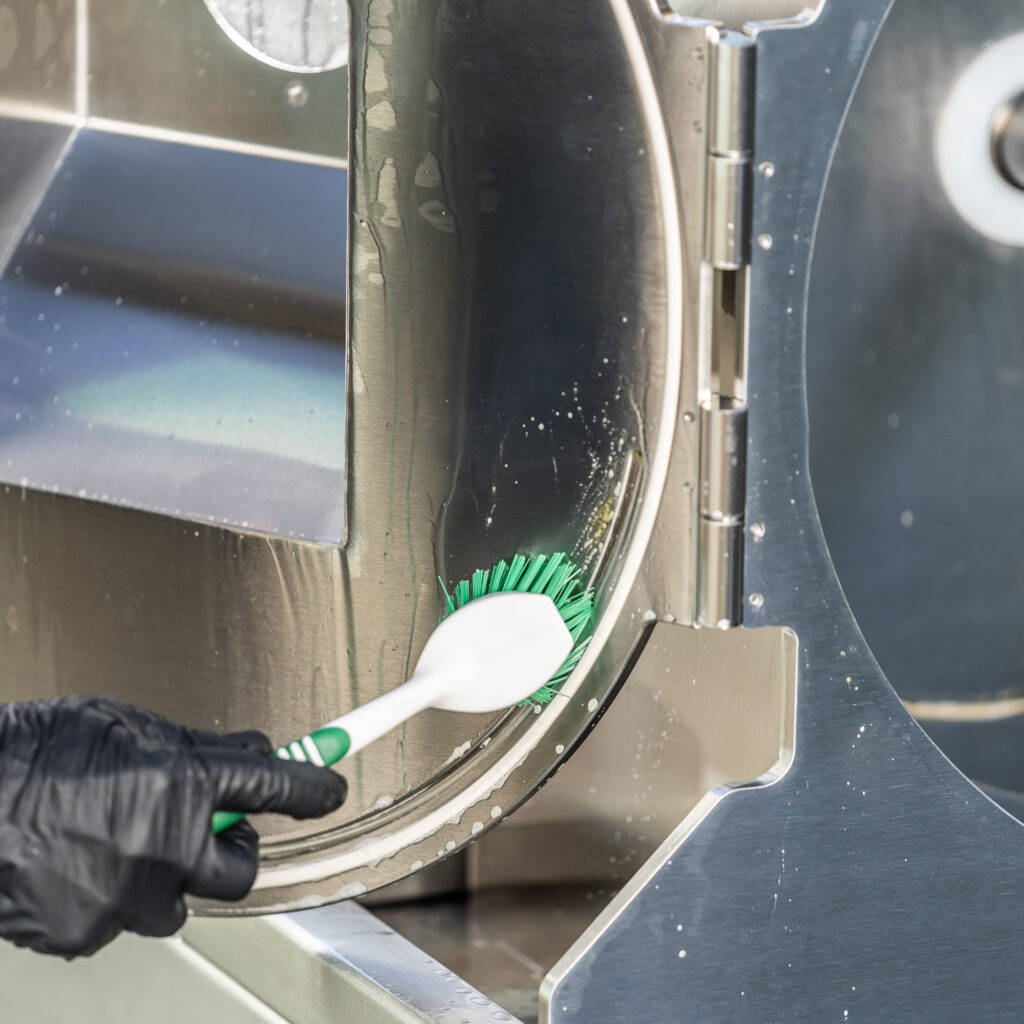
When selecting new equipment, look for:
- Toolless disassembly for quick cleaning.
- Modular parts for easy replacement.
- Clear, intuitive interfaces.
- Ergonomic designs that make access easier for operators.
Cleanability matters too, especially in food, cannabis, or cosmetics processing. Machinery that is hard to clean takes longer to reset between runs. Look for features like washable components, color-coded parts, or clean-in-place options.
Also, consider the level of vendor support. Can you get parts quickly? Are service manuals available? Is technical support easy to reach? Choosing equipment from a company that supports its customers can help you avoid long wait times when something breaks.
Step 4: Improve Operator Training and Accountability
Even the best machines can fail if they’re not used correctly. That’s why operator training is just as important as machine specs.
Your operators should know:
- How to start up and shut down equipment.
- How to spot early signs of a problem.
- How to handle basic troubleshooting.
- When and how to report issues.
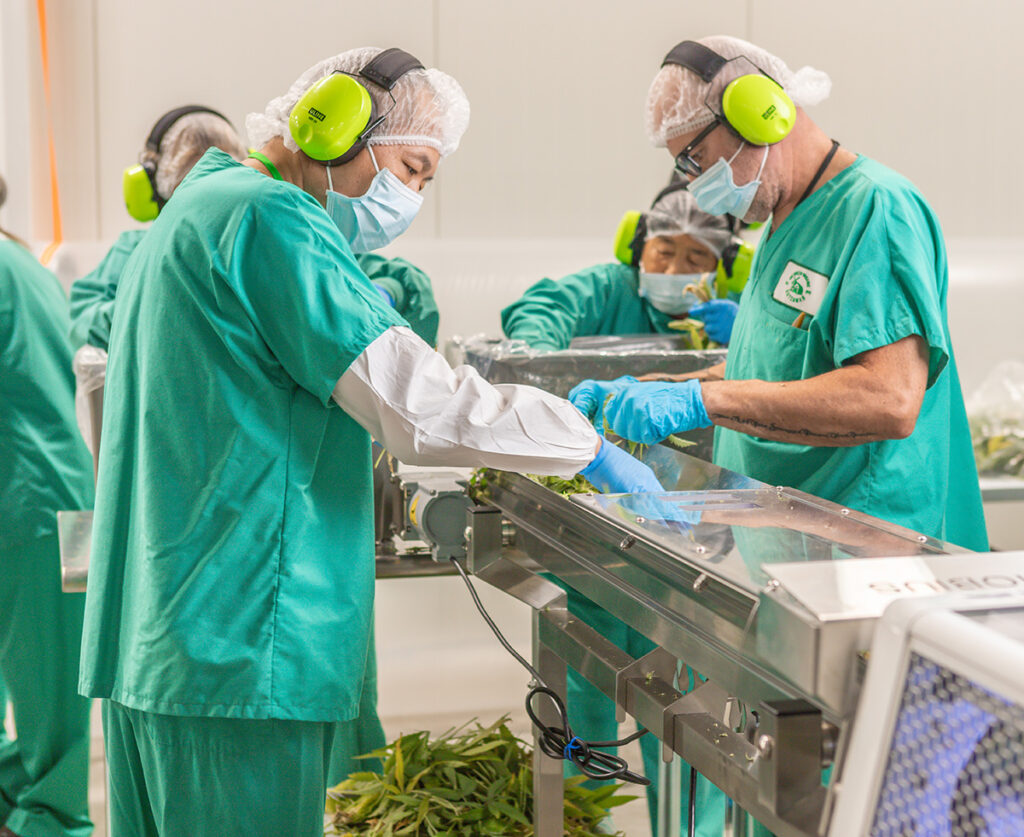
Training isn’t a one-time event. Make it part of your ongoing operations. Use checklists, build routines into shift changes, and reinforce best practices with visual cues or dashboards.
Regular refresher sessions and cross-training can further strengthen operator confidence. Cross-trained employees can step into different roles when needed, helping to maintain uptime when someone is absent or during peak processing periods. Training should also include simulations of unplanned downtime events, so staff can practice responding quickly and effectively.
Structure your crew for efficiency and accountability by assigning specific machines or process zones to individual operators. This creates a sense of ownership and makes it more likely issues will be caught early. Defining clear roles and maintaining consistent shift handovers can strengthen day-to-day operations and reduce avoidable downtime.
Step 5: Integrate Real-Time Monitoring and Predictive Tools
Real-time monitoring and predictive maintenance tools can help catch problems before they happen. Some equipment types, such as conveyors, offer opportunities to integrate these systems as a part of a broader maintenance plan.
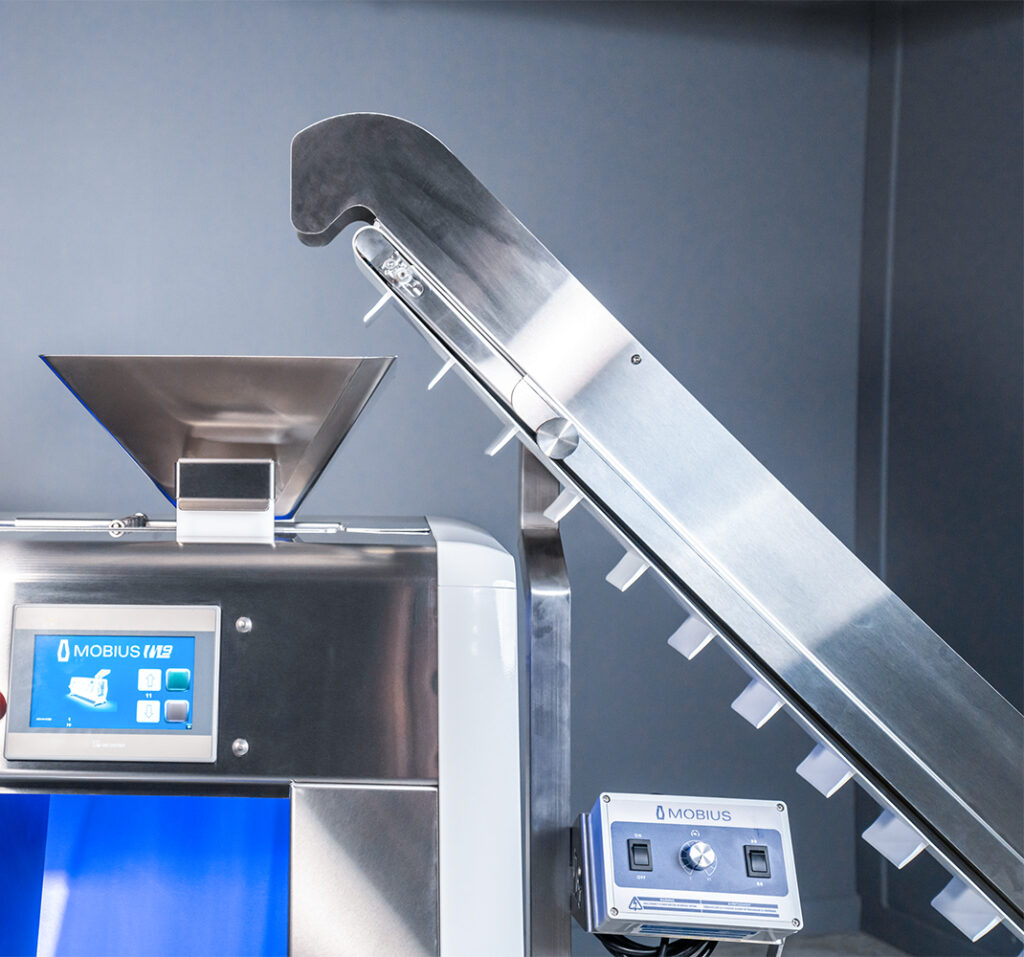
Today’s sensors can track things like:
- Vibration
- Temperature
- Electrical current (amperage)
- Fluid flow
These indicators tell you when something’s off — often before it leads to failure. When connected to a dashboard, the data becomes even more powerful. Operators and managers can respond quickly when readings go outside normal ranges. Some facilities integrate sensor alerts with mobile devices or plant-wide notification systems. This ensures the right people are notified immediately, even if they’re not at the equipment.
Over time, collecting sensor data can also help refine maintenance schedules and improve purchasing decisions for parts and replacement components. Instead of relying on guesswork, teams can act based on performance history. Rather than automatically changing a part every six months, you change it when the data says it’s wearing out. This reduces unplanned downtime and costs without adding unnecessary maintenance tasks.
Step 6: Optimize Your Workflow and Facility Layout
Sometimes production downtime isn’t caused by the machines themselves. It’s the layout of your facility.
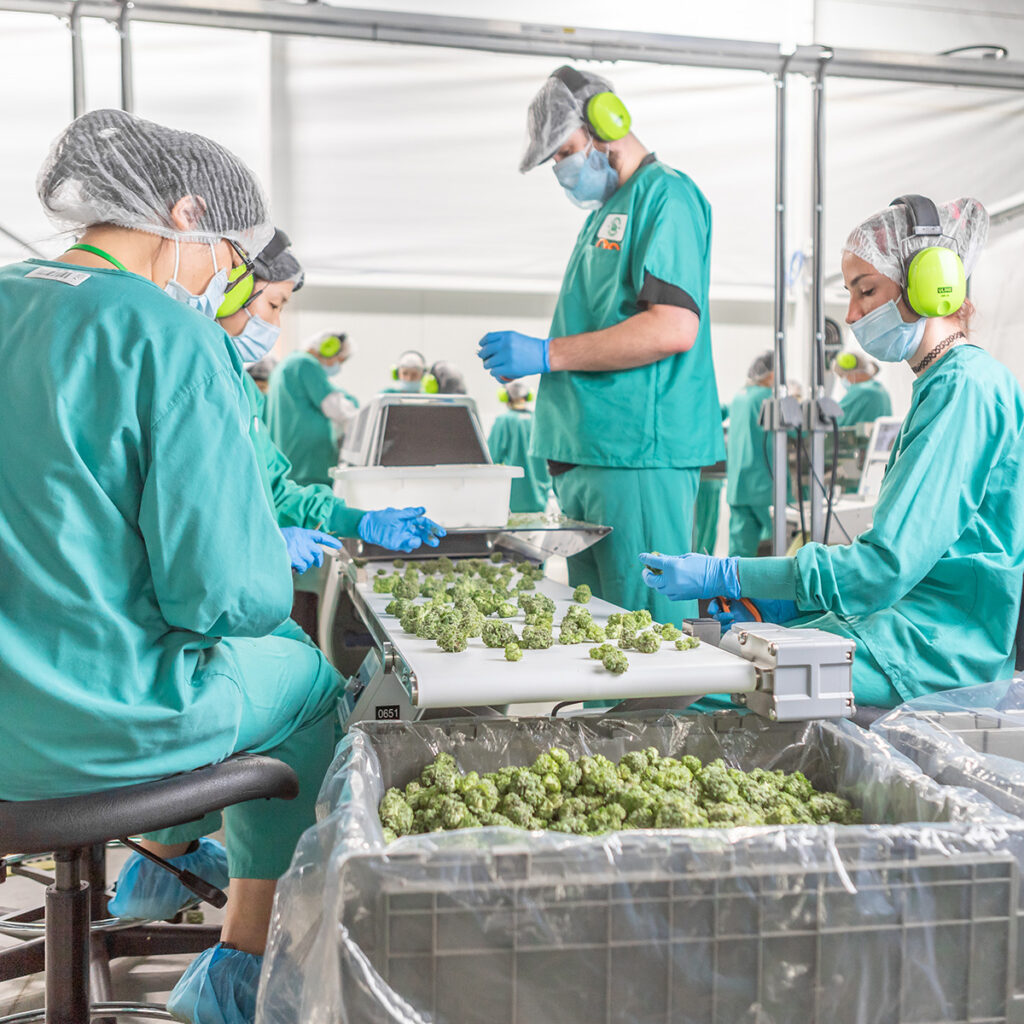
When workers have to cross paths, share tools, or move materials awkwardly, production can slow down. Staging areas get crowded and mistakes happen.
To reduce downtime related to workflow:
- Make sure the space around each machine is clear.
- Balance your production line so no one station backs up the rest.
- Use staging zones to organize materials.
- Map out movement paths to reduce collisions or delays.
When designing or updating your layout, consider how different departments interact. For example, locating maintenance tools and cleaning supplies near the machines that require frequent attention can reduce delays. Even small layout tweaks, like repositioning a table or changing a storage bin location, can improve flow and cut down on unnecessary movement.
Also, think about how long it takes to clean or change over equipment. Quick-release assemblies, color-coded tools, and modular systems can make a big difference here. Every extra minute saved during cleaning or reset is a minute gained for production.
Final Thoughts: Small Changes Add Up
Reducing machine downtime doesn’t mean solving everything at once. It means looking at every part of your operation and finding ways to make it stronger.
Focus on the basics: track downtime, maintain equipment, and support your team with the right tools and training. A well-designed layout and smart use of technology can also make a measurable difference.
With a focus on improving uptime and process efficiency, Mobius offers a range of equipment, conveyor systems, and technologies designed to meet the needs of diverse businesses.
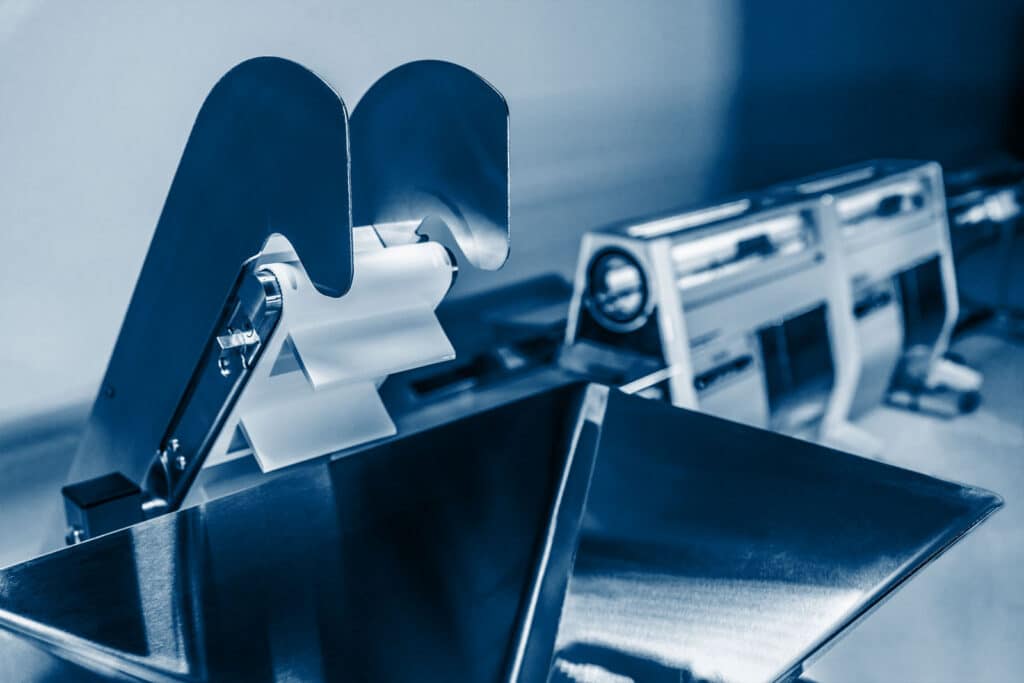
Our equipment and automation solutions can support your uptime goals.




